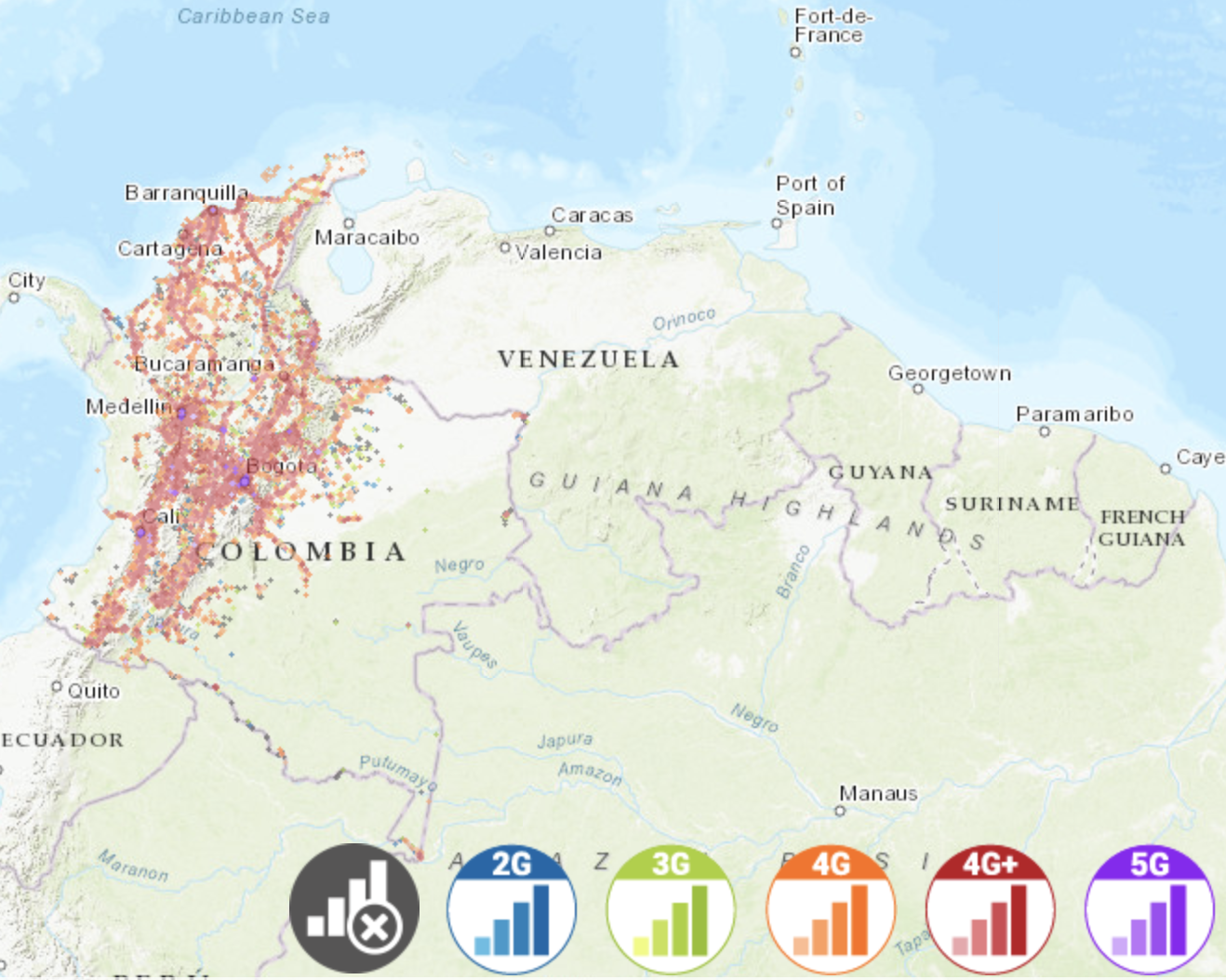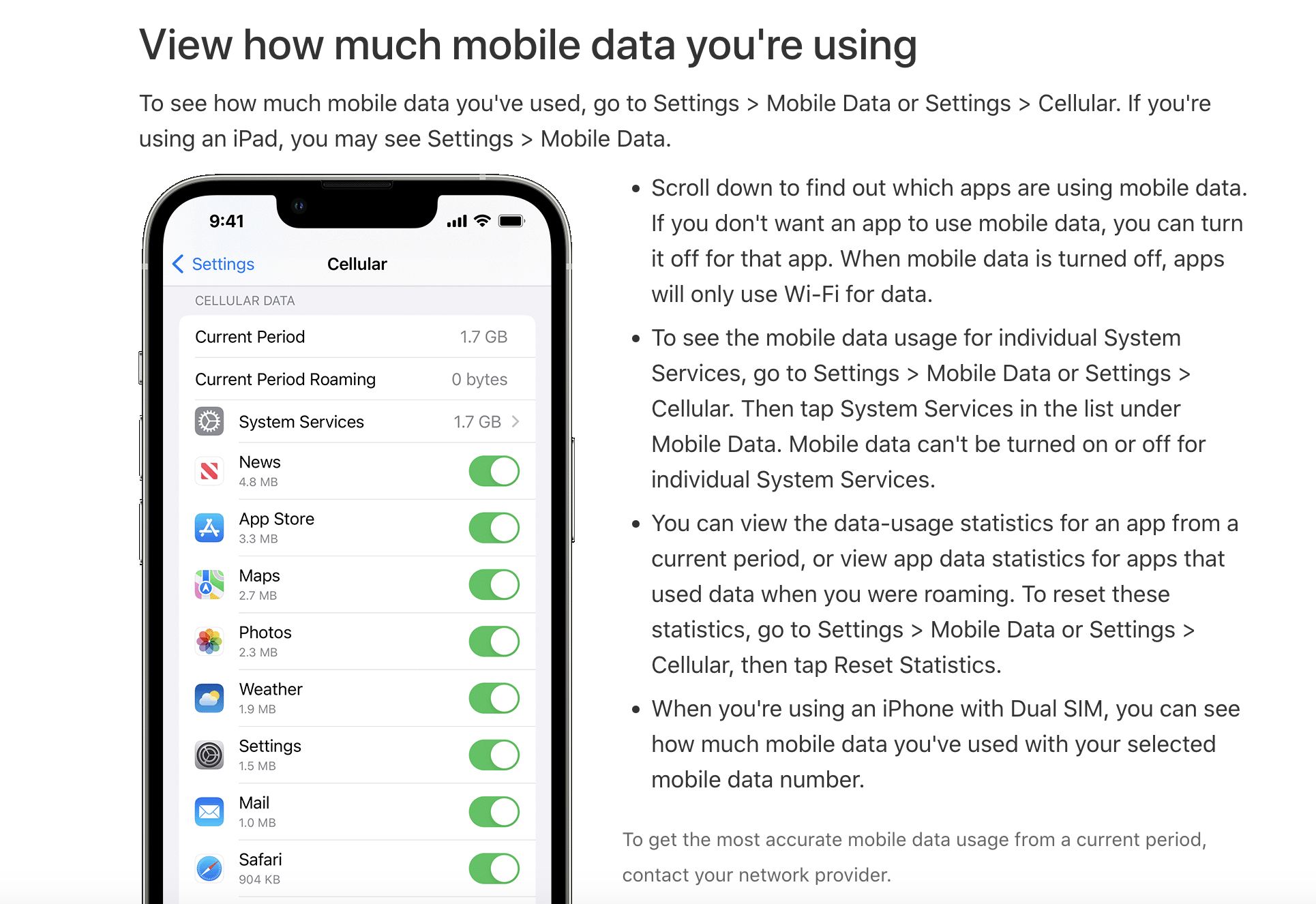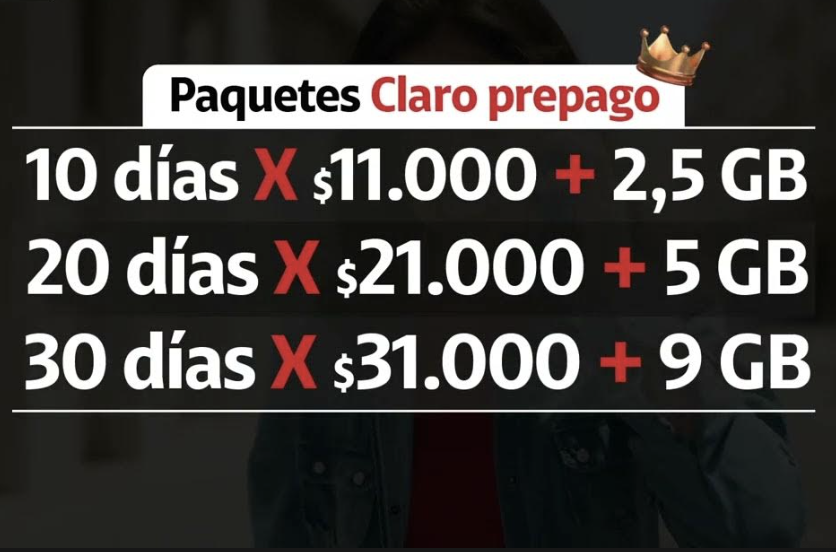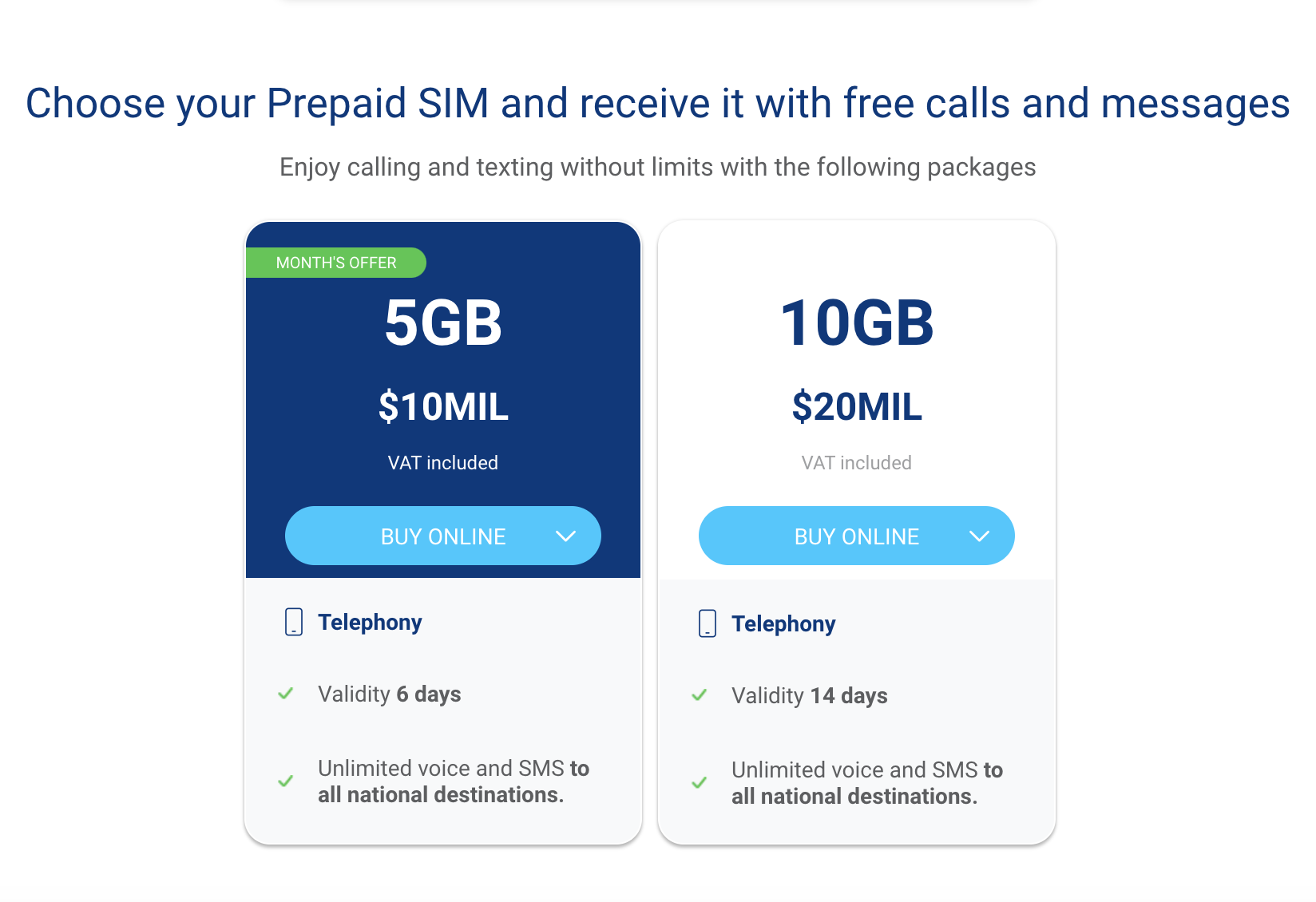Are you visiting Colombia anytime soon and want to know how to get a Colombia SIM card?
Then you’re in the right place!
We’ve spent almost two months in beautiful Colombia and discovered the country inside-out. But more often than not, we get a SIM card even before leaving the airport on our first day. Staying online today not only means to keep chatting and watching reels, but it makes your travels so much easier.
Therefore, with this article, we’ll cover all the things you need to know to buy a Colombian SIM card.
Summary: For Colombia, having a SIM card is an essential must-have. Buying a prepaid SIM card with Claro is a safe bet. It’s the most established network provider with the best coverage throughout Colombia. Claro offers various data packages, with the most popular being 9 GB / 30-days for 31000 COP (≈ 7 USD) and 15 GB / 30 days for 45000 COP (≈ 11 USD). Avoid buying a Colombian SIM card at the airport but in city stores or online.

About SIM Cards in Colombia
In this section we’ll list everything you need to know about SIM cards. Why we think it’s an essential must-have when traveling abroad, what different SIM card types there are and how the network coverage in Colombia currently is.
Do I need a SIM card for Colombia?
Yes, you need a SIM card when traveling to Colombia, as it helps you to save money, time, and effort.
There are a thousand reasons why traveling with internet is important. For us, it’s one of the few definite must-haves for literally everyone.
Just imagine how convenient ordering an Uber at the airport is. You don’t need to bargain taxi prices, avoid the risk of getting ripped off, explain where your hotel is, and you can easily pay without having any local money. Plus, it makes your journey safer, as all rides are recorded and drivers need to go through a regular background check.
Think of a Colombian SIM card as your personal guide that you can trust. You can research information about locations while on the go, so you don’t fall for tourist traps, get directions whenever you feel lost, or find the next best coffee in town if you are desperately looking for caffeine.
Whatever the reason may be, buying a SIM card is worth every penny.
Different types of SIM cards in Colombia
Like in most countries, there are different SIM card types available in Colombia. While the most common and requested SIM card type is a prepaid SIM card, we’ll cover all of the different options.
1. Prepaid SIM cards (prepago)
A prepaid SIM card is a SIM card with the highest flexibility and no contractual commitments. You’ll pay for the SIM card and package in advance and can consume it within a certain period (usually 30 days). After that, you need to recharge the balance on your SIM card online or with a service partner locally.
In Colombia, prepaid SIM cards are called ‘Prepago’. Prices are a little more expensive compared to a postpaid SIM card. Still, it’s the best option for short-term visits to Colombia, as with a postpaid SIM card you’d need to sign a long-term contract (up to 24 months).
2. Postpaid SIM cards (postpago)
Unlike prepaid SIM cards, postpaid SIM cards (called ‘Postpago’) are long-term contracts with less flexibility but cheaper prices. You’ll usually pay for the first month of the contract and will be billed for every month after until you cancel the contract.
Getting a postpaid SIM card can be a good option, if you decide to stay in Colombia for a long time, say you’re a digital nomad. As postpaid contracts in Colombia usually have a minimum term of 12 to 24 months, it’s nothing for tourists and backpackers who are only a couple of weeks to months in the country.
In Colombia, most network carriers try to sell you a postpaid contract as they get a commission for it. Be careful, before signing a contract or leaving your fingerprint. This happened to us, and since then we have received regular warnings and requests for payments. Only order a postpaid SIM card, if you stay long-term in Colombia.
3. E-SIM cards
Another valid option is to get an e-SIM card. In case you’ve never heard about e-SIM, an e-SIM is an electronic SIM card, meaning that you’ll get the benefits of a SIM card without having one.
Instead of receiving a physical card that you would need to put into your phone, you’ll get a QR code that you need to scan. After that, the SIM card is added to your phone and can be used right away. The process of registration can be done online or in a local shop, which makes it a very convenient option.
E-SIMs are still very uncommon in Colombia. So, in case you are looking for an e-SIM we’d recommend buying it online. The good thing is, you don’t need to be in Colombia to buy one – you can do it right away and have it ready when you arrive.
Getting an e-SIM is super convenient when traveling. There’s no need to have local currency or visit a store when you arrive in Colombia. Plus, you’ll have it activated in less than 5 minutes. We recommend the Colombia e-SIM from Airalo. Check out their plans here.
4. Roaming
For the completeness of the types of SIMs, we’re covering the roaming option as well. More to raise awareness of the high fees your home carrier is charging you, if you use your local SIM card abroad.
So far, we’ve traveled to over 50 countries and never met a single person who said his home provider is cheaper than a local provider. Therefore, please, never use your home SIM card when traveling abroad, unless you are sure that the fees are lower (exceptions apply e.g. for contracts within the EU).
In almost all cases, they charge you horrible fees. For our German contract, we would have spent 94 euro cents, per 50 kilobytes. That would be almost 20.000 USD for 1 GB of data (but that’s luckily capped in the EU, due to consumer rights issues).
Before you fly, check that the data roaming option on your smartphone is disabled. That way you are sure that you won’t be charged once leave the airplane mode after arriving at your destination.
Mobile Internet Network and Coverage in Colombia
The internet coverage in Colombia is quite good, compared to other South American countries.
In almost all, major and smaller, cities there is at least a 3G to LTE/4G reception, allowing you to browse the internet with up to 150 Mbit/s (download) and 50 Mbit/s (upload).
However, the 5G coverage in Colombia is still very limited. While Claro, the most established mobile carrier, claims to be the first one to offer 5G to their customers, it’s still rarely found throughout the country.
Also, keep in mind that, when commuting, you’ll often not get any reception between cities. The coverage of the mobile network, especially for internet, is pretty low outside major hubs. But that’s pretty common for all South American countries.

Registration Process for Colombian SIM Cards
When buying a SIM card in Colombia, you need to provide your identity as part of the SIM card registration process. This is used to avoid fraud and prevent illegal activities.
So, don’t forget to bring your passport to the store. Also, a copy of your passport is made when you sign up for a Colombian SIM card.
Don’t buy an unregistered SIM card from the streets. Those are usually registered with a stolen identity and hence not a reliable option. We’d recommend to always go to an official store.
Buying a SIM card for Colombia
Where to buy a SIM card in Colombia?
Buying a SIM card in Colombia isn’t hard if you know where to look. While you can buy a SIM card almost everywhere in Colombia, there are places to avoid. So, let’s dive into the places where you can get one.

1. SIM cards at Airports in Colombia
In Colombia, you can buy a SIM card in almost all international airports, such as in the Medellin, Bogota, and Cartagena airports. However, there are two important things to keep in mind.
Firstly, Prices for buying a SIM card are way more expensive at airports than anywhere else. Even stores from established network carriers. So, thinking that, because an airport store is an established brand, you’ll get their packages at a standard price is wrong. Expect to pay around 30$ for a 30-day 10GB package, while in the city you can get the same for as low as 6$. So, if you don’t urgently need a SIM card after arrival, avoid buying a SIM card at any of Colombia’s airports.
Secondly, consider the store opening times at the airports. It’s not uncommon that some SIM card stores at airports close overnight. This happened to us in Cartagena, when we arrived late at night. Nothing was open anymore and not even taxis were available anymore. So, expect that you may not have the chance to get a SIM card at the airport.
2. SIM cards in Colombian Cities
Getting a SIM card in the city is the cheapest option. While you need to overcome the struggle of getting from the airport to the city, you can use your accommodation’s Wi-Fi to look up nearby stores.
The most established carriers in Colombia are Claro, Movistar, and Tigo. Almost all major cities in Colombia have either company-owned stores or licensed retailers that sell SIM cards. So, take the time to review the places take a walk to the next store, and save yourself a little money.
3. SIM cards from Street Vendors
While you can get SIM cards from street vendors in Colombia, we would highly advise you not to buy there. We’ve heard stories of SIM cards that were registered with a stolen identity or were handed out just before they expired.
In some cities, such as Medellin or Bogota, you can find official store representatives on the street. You’ll recognize them by wearing a company shirt or having an official stand in the city streets. Buying from them is fine.
4. Online e-SIM cards in Colombia
Another convenient and hassle-free option we can recommend for Colombia is buying an e-SIM card.
Unlike physical SIM cards, data packages for e-SIM cards can be purchased in advance. You don’t need to walk into any stores and can simply browse the web from the very first second you enter Colombia.
Prices for e-SIM cards are affordable, but still a bit more expensive than buying a local plan. If you don’t need a massive data plan and only visit Colombia for a couple of days to weeks, then consider getting an electronic SIM.
Keep in mind that with an e-SIM you only get a mobile data plan, but no local telephone number. While that’s no issue for most travelers, some may want to make local calls or send SMS.
Getting an e-SIM card in Colombia is a good idea to overcome the overpriced offers at the airports and still enjoy a safe ride to your accommodation. Once you settled in the city, you can always switch to a local SIM by visiting a city store. At Airalo, basic e-SIM plans start already from 8 USD for 1 GB of data.
Things to know before buying a SIM Card in Colombia
There are a couple of things to consider before buying a SIM card. We’ve listed some of the most common pitfalls when it comes to buying a SIM card abroad.
1. Check your internet usage
It’s always a good idea to check your recent internet usage in advance. That way you know what package you require and don’t overpay for any plans.
Have a look at your phone settings. In most smartphones, you’ll have an overview of the data usage. Consider that you may need a little more internet than usual during your vacation, as you have time to watch movies, need to plan and look up things, and the hotel internet may also not always work as it should.

2. Check for any carrier or region-locks
Another thing to check is if your phone has a carrier- or country-lock.
Some providers, especially if you have bought your phone as part of a contract, are locked. This means that your phone cannot accept other SIM cards than the ones from your home carrier.
Get in contact with your local carrier in advance to avoid any surprises, or simply try to insert another SIM card into your phone to see if it works.
Here is a helpful article about unlocking your iPhone, in case you are an Apple user.

3. Have your passport ready
In Colombia, as in most countries in the world, you’ll need to provide identification before a SIM card can be registered. That measure is to prevent any illegal use of the SIM card. Therefore, don’t forget to take your passport with you.

4. Check your SIM card size
SIM cards are available in different sizes: Standard, Micro, and Nano. Most carriers have perforated cards that can fit any size.
Nonetheless, if you’re unsure, check the size of the SIM card your phone requires. Newer phone models may not even have a physical SIM card slot anymore, such as the newest Apple iPhones on the U.S. market.
Best Providers and SIM Card Prices in Colombia
We’ve collected all the information about the best mobile internet providers in Colombia to help you find the best one. Three major carriers are operating in Colombia: Claro, Movistar (Télefonica), and Tigo which all sell prepaid and postpaid SIM cards.
So, let’s check out what they have to offer.
1. Claro Colombia
Compared to all other network providers in Colombia, Claro has the widest coverage. They operate more than 1000 stores across Colombia and sell both, post- and prepaid plans. Prices for their plans are very affordable, starting with as low as 7500 COP (≈ 2 USD) for 500 MB / 7 days up to 100 GB / 30 days for 199000 COP (≈ 48 USD).
Popular monthly packages include 9 GB for 31000 COP (≈ 7 USD), 15 GB for 45000 COP (≈ 11 USD), and 25 GB for 59000 COP (≈ 14 USD) including free social media usage (Facebook, WhatsApp and X).

Note that those prices are retail prices you usually get in official Claro stores. Buying a SIM card at an airport or 3rd party reseller may be more expensive. For more information, check out the official Claro Colombia website.
2. Movistar (Télefonica)
Movistar is the second largest network provider in Colombia and has good coverage. While it can’t compete with the coverage of the Claro giant, chances are, you won’t notice the worse coverage at all.
Both Claro and Movistar are well-established brands in Colombia and most locals have SIM cards from either of them. Plus, Movistar has an extensive retail network too. So, you can get their SIM card almost everywhere in the country.
The price for a Movistar data plan is comparable to Claro (the packages mostly vary in validity and package size). Popular monthly packages start with 6 GB for 16000 COP (≈ 4 USD), 10 GB for 21000 COP (≈ 5 USD), and 25 GB for 59000 COP (≈ 14 USD) with some free usage of social media.
They have other packages too, but those are limited to less than 30 days, so we won’t list them here. But consider taking a shorter validity, if you only stay in Colombia for a couple of weeks.

Note that those prices are retail prices you usually get in official Movistar stores. Buying a SIM card at an airport or 3rd party reseller may be more expensive. For more information, check out the official Movistar website.
3. Tigo Colombia
The third real competitor to Claro and Movistar when it comes to buying a SIM card in Colombia is Tigo.
Tigo doesn’t have the best network coverage, but the most affordable prices. They retail a lot of their SIM cards a local shops, from grocery stores to major malls – you can almost find them everywhere.
Prices for a Tigo SIM card with a data plan are cheaper than Claro and Movistar. Popular monthly packages start with 10 GB for 25000 COP (≈ 6 USD), 15 GB 35000 COP (≈ 8 USD), and 25 GB 49000 COP (≈ 12 USD) including additional GBs for social media usage.
So, if you’re looking for a budget SIM card in Colombia, Tigo is your best choice.
As for all providers, there are also packages with a shorter validity available. Consider saving a little money, if you stay in Colombia only for a couple of days or weeks.

Note that those prices are retail prices you usually get in official Tigo stores. Buying a SIM card at an airport or 3rd party reseller may be more expensive. For more information, check out the official Tigo Colombia website.
4. Smaller Providers
There are many more internet providers in Colombia. And because we think you will be totally fine with either Claro, Movistar, or Tigo, we won’t list them all.
But if you come across Avantel, Virgin Mobile, Móvil Exito, or Flash Mobile, keep in mind that their quality may be way worse than what you can expect from the largest three. So, we’d highly recommend you go with them.
Recharging a SIM card in Colombia
1. Recharge SIM card in local shops
Recharging your SIM card in a local shop, also called ‘tiendas’ is your best option, when in Colombia.
Tiendas are small shops, that mainly sell groceries, snacks and drinks. You’ll recognize them by having a Claro, Tigo or Movistar sign outside or in their stores.
To recharge, you’ll need to know a (very) little Spanish (at least the word ‘recarga’) and a registered Colombian SIM number that you want to top up.
They’ll show you the data plans and do the recharging for you. It’s super convenient.

2. Recharge SIM card online
Another option is to recharge your SIM card online.
We’ve recharged our Claro SIM card online multiple times, but we must admit that the portal is not always functioning. So it’s not a 100% reliable option.
Moreover, not all providers do have the option to recharge your prepaid SIM card online. So we’d say, walk to the next tienda and recharge it there. That will save you a lot of time and effort.

Our Experience buying a Colombian SIM
We’ve had a crazy experience buying a SIM card in Colombia, which is also one of the reasons why we decided to write this guide.
When we arrived on our plane in Cartagena, we knew already that buying a SIM card at the airport was an expensive affair. Smart as we are, we took a look around to check out the prices, but as it was late at night, all stores were closed already. So, we decided to drive to the city and look for a store the next day.
On the next day, we looked up a nearby Claro store, as well as SIM card prices. With our route saved to an offline map, we entered the Claro store and signed a contract for a -what we thought prepaid- card. However, as we translated a thousand emails that we received afterward, it turned out to be a two-year postpaid contract.
So, we went into the store the day after to confront the guy. But once we expressed ourselves using Google Translate, the store worker explained that the postpaid contract would be the contract he always sells to foreigners that stay for longer than a month. Because it’s cheaper. And as we asked him if we would be obligated to pay for two full years, he responded with “That’s no problem. Just stop paying”.
So, we believed him and went away.
End of story: We still receive payment claims from Claro today. So, let’s see how this turns out the next time we travel to Colombia…








